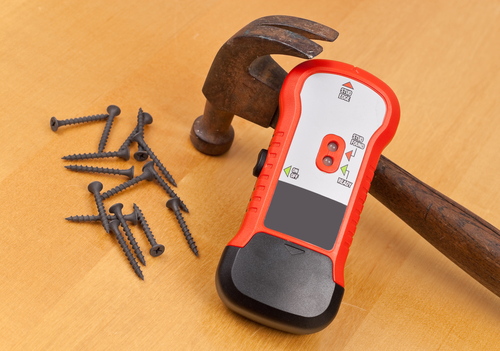As the New Year begins, now is the perfect time to tackle interior home improvements that enhance comfort, functionality, and style throughout the winter months. Handyman Connection of Lexington, KY, offers professional remodeling, drywall repair, painting, and storage solutions that help you start 2026 with a home that feels refreshed and organized. Small updates now can prevent bigger issues later while making your living space more enjoyable during chilly Kentucky winters.
Winter offers a unique opportunity to focus on interior improvements when outdoor projects aren’t practical. Updating storage helps reduce clutter, fresh paint brightens darker days, and remodeling can improve home comfort and efficiency throughout the New Year. Just as Handyman Connection’s “Stop It Before It Starts” list encourages homeowners to address small issues proactively, scheduling interior projects now helps prevent larger concerns down the road and keeps your home functioning beautifully all year long.

Home Maintenance / July 28, 2016

The most secure way to attach a heavy flat-screen television, bookshelves or a grab bar to a wall is to screw the hanger or other support hardware into a wall stud. In most homes, wall studs are 1.5 inches wide and are installed 16 or 24 inches on center. This measurement is the distance from the center of one stud to the center of the adjacent studs. Handyman Connection of Lexington recommends the following tips for locating wall studs.
The first technique is the knock method. With this simple technique, you tap along the wall with your knuckle or a small hammer while listening for the hollow sound between the studs. When you reach a stud, you will hear a distinctive dull thud or a solid sound. This method only provides an approximate location for the stud. To identify the center and edges of the stud, drive a small nail into the wall along a straight line in several spots near the point where you noticed the deeper sound. The nail can be removed by hand if it passes only through the dry wall. If it is driven into the stud, the claw end of the hammer will be needed to remove the nail. The nail holes will help you identify the edges and center of the stud. Use a tape measure to locate the adjacent studs. The small holes can be easily filled in with a spackling compound.
You can also use visual clues. Builders and interior designers use screws or nails to secure cabinets, shelves and molding to wall studs. You can inspect these architectural features for the presence of screw or nail heads, such as a dimple or slight rise in the wood. You can also look for these small indentations and bumps in the drywall. If you locate one, use a tape measure to determine if there are other dimples or rises within 16 or 24 inches of the first stud.
Another technique relies on the location of light switches and outlets. Building codes require electrical boxes be mounted to a stud. To determine the side of the stud to which the box is mounted, remove the faceplate. Look at the sides of the electrical box to see which one has nails or screws securing the box in place. The stud may be visible along the front edge of one side. You can tap the wall on both sides of the electrical box as well. One side will sound hollow, and the stud side will sound solid.
Technology can also help you locate wall studs. Electronic stud finders use lights and audible tones to identify the location of a stud. The device detects the different densities between the hollow space and the solid wood of the stud. Place the stud finder flat on the wall, and slide it horizontally. Depending upon the model, the device will indicate the edge of a stud with a steady light, audio tone or both. Mark the spot. Continue to slide the stud finder until the device indicates a hollow space. Mark this spot as well. The midway point between the two marks is the center of the stud.
When hanging heavy objects or installing grab bars, you want to ensure that these are securely fastened to a wall stud. This safety precaution reduces the risk for damage or injuries. If you need assistance, contact the professionals at Handyman Connection of Lexington. Our skilled crew has the expertise to help you with your home improvement or repair project.